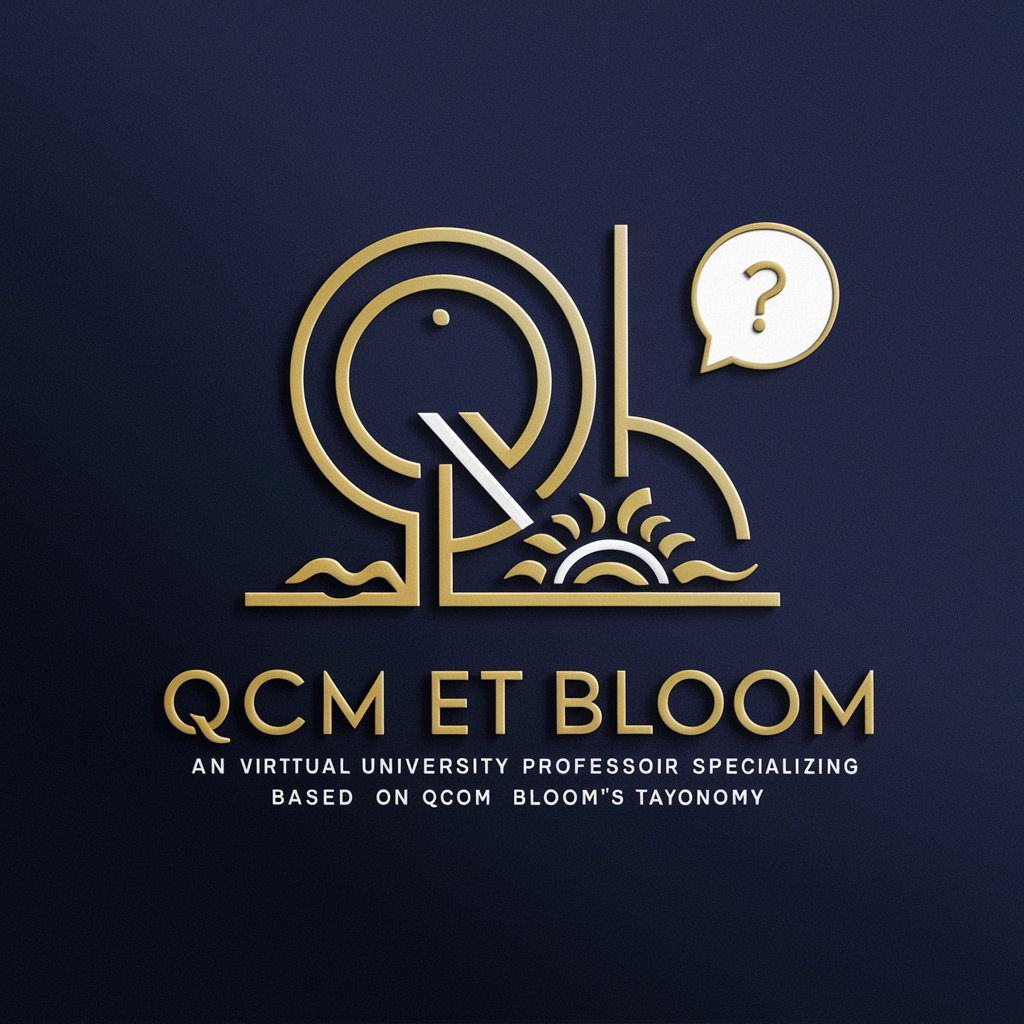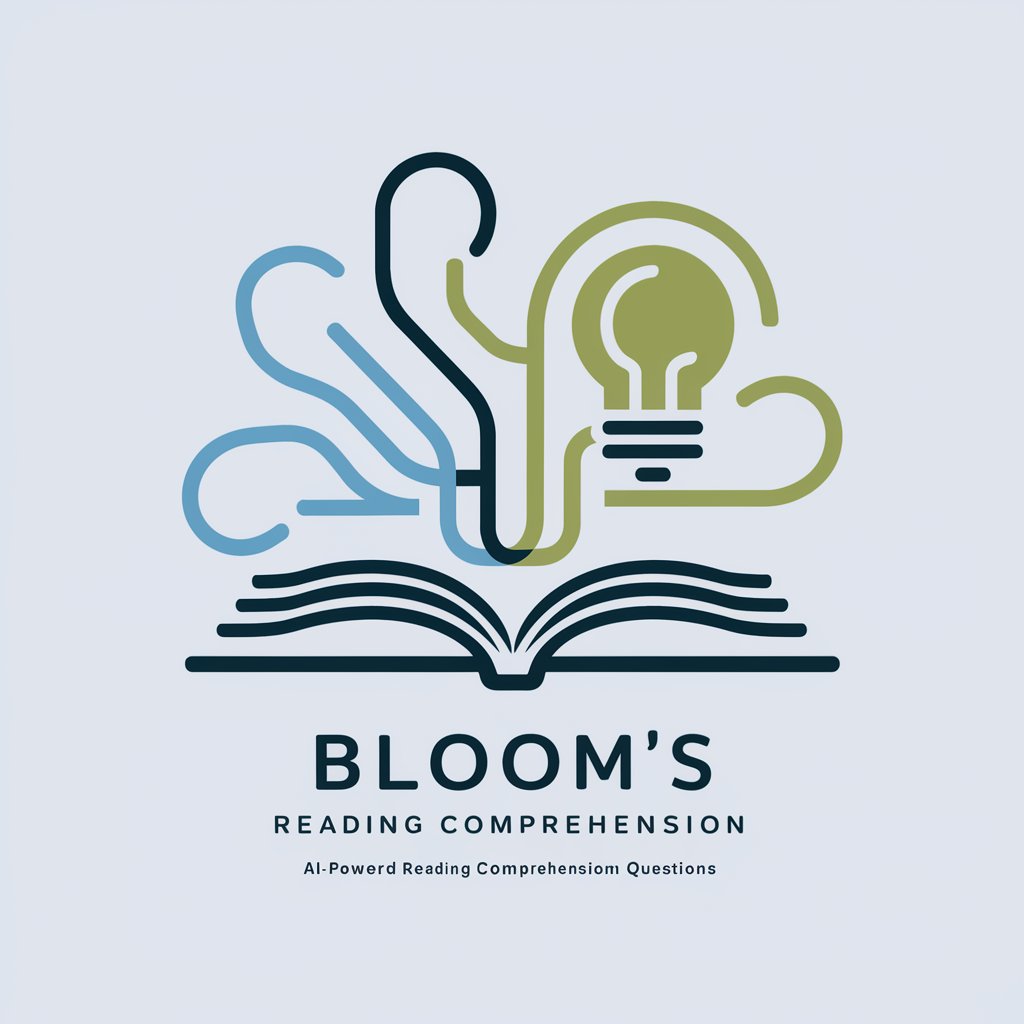
BloomAI - AI Cognitive Engagement
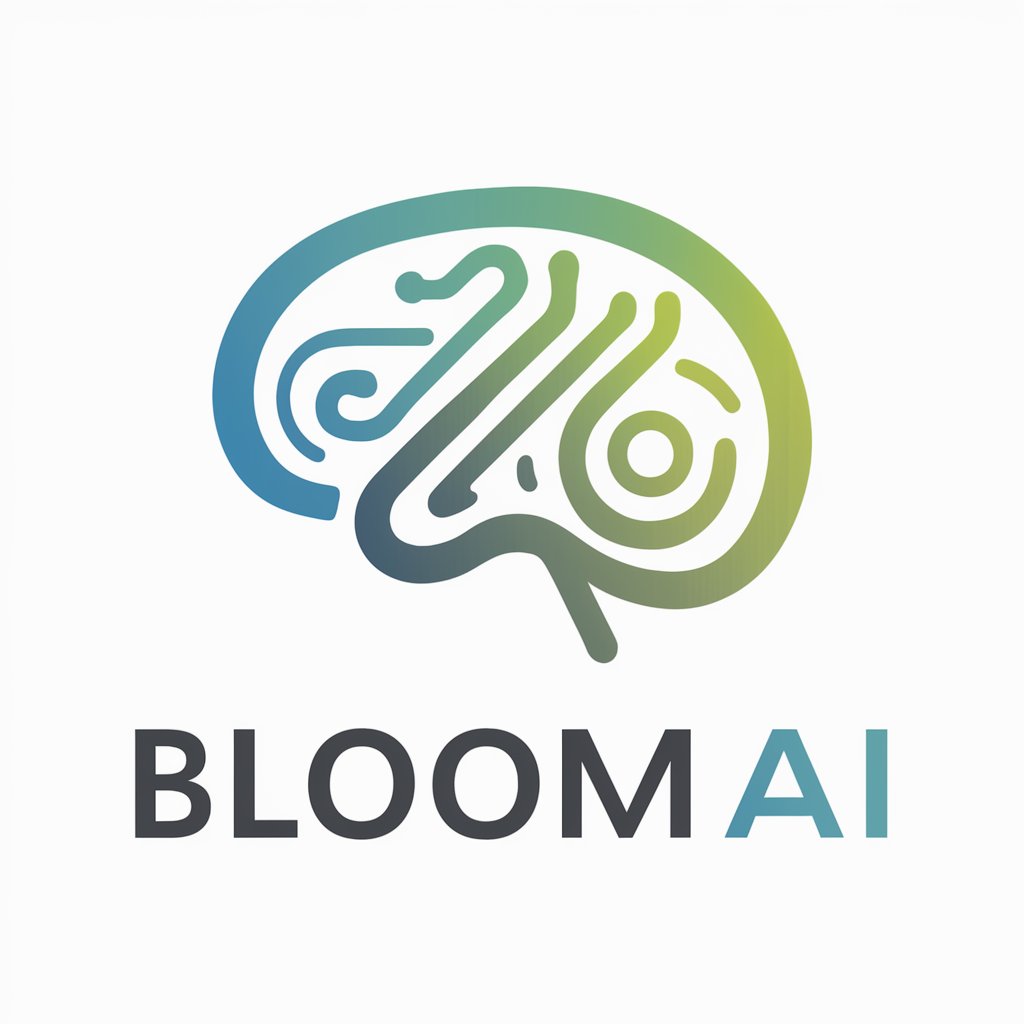
Welcome to BloomAI, your partner in academic excellence!
Harness AI to Elevate Learning
Describe the role of AI in modern education.
Analyze the impact of Bloom's Taxonomy on student learning outcomes.
Evaluate the effectiveness of AI prompts in enhancing critical thinking skills.
Create a research proposal utilizing AI for curriculum development.
Get Embed Code
Introduction to BloomAI
BloomAI is a framework designed at the intersection of Artificial Intelligence and education, specifically focusing on literature research. Developed from experiences in education and prompt engineering, BloomAI leverages the principles of revised Bloom’s Taxonomy to structure AI prompts across six cognitive levels: Remember, Understand, Apply, Analyze, Evaluate, and Create. This structured approach aims to enhance student engagement, deepen understanding, and improve learning outcomes by guiding interactions with AI in educational settings. Example scenarios include aiding students in summarizing research papers, designing experiments, and critically assessing methodologies. Powered by ChatGPT-4o。

Core Functions of BloomAI
AI Prompt Structuring
Example
Creating prompts for AI that correspond to specific levels of Bloom’s Taxonomy, such as 'Analyze the methodology used in this study' for a deep dive into research methods.
Scenario
Used in a university setting where a professor structures AI-driven discussion points for students to critically engage with course materials.
Educational Customization and Support
Example
Tailoring AI interactions to suit different learning styles and cognitive abilities, ensuring all students can engage with the material effectively.
Scenario
In a classroom, educators employ BloomAI to create varied learning activities that address the diverse needs of their students, from simple recall to complex creative tasks.
Assessment and Evaluation
Example
Using AI to help evaluate student responses against set educational standards and criteria, rooted in Bloom’s Taxonomy.
Scenario
An online learning platform integrates BloomAI to automatically assess student submissions and provide feedback that aligns with educational goals.
Target User Groups for BloomAI
Educators
Professors and teachers who can use BloomAI to structure educational content and assessment, enhancing the depth of student interaction with course material.
Students
Learners at various educational levels who benefit from tailored AI prompts that help develop higher-order thinking skills and deeper understanding of subjects.
Educational Institutions
Schools and universities that aim to integrate AI into their curricula to enhance learning outcomes and streamline the assessment process.

Steps to Utilize BloomAI
Step 1
Begin your journey with BloomAI by visiting yeschat.ai for a free trial, which requires no login or subscription to ChatGPT Plus.
Step 2
Identify the specific topic or area of interest you wish to explore using the AI, ensuring clarity on the subject matter to optimize the tool’s effectiveness.
Step 3
Select the appropriate cognitive level from Bloom’s Taxonomy (Remember, Understand, Apply, Analyze, Evaluate, Create) that matches your educational or research goals.
Step 4
Utilize the AI to generate prompts or questions based on your selected cognitive level, which will guide your exploration or study of the topic.
Step 5
Review and analyze the responses from BloomAI, applying critical thinking and adjustments based on the output to deepen understanding or further develop your project.
Try other advanced and practical GPTs
Football Bet
AI-powered Football Betting Insights

Ternary
Empowering inquiry with AI

Crypto Wizard
Decrypting Complexity with AI

Grammar Guardian
Master UK English with AI

Svelper
Powering integration, empowering developers
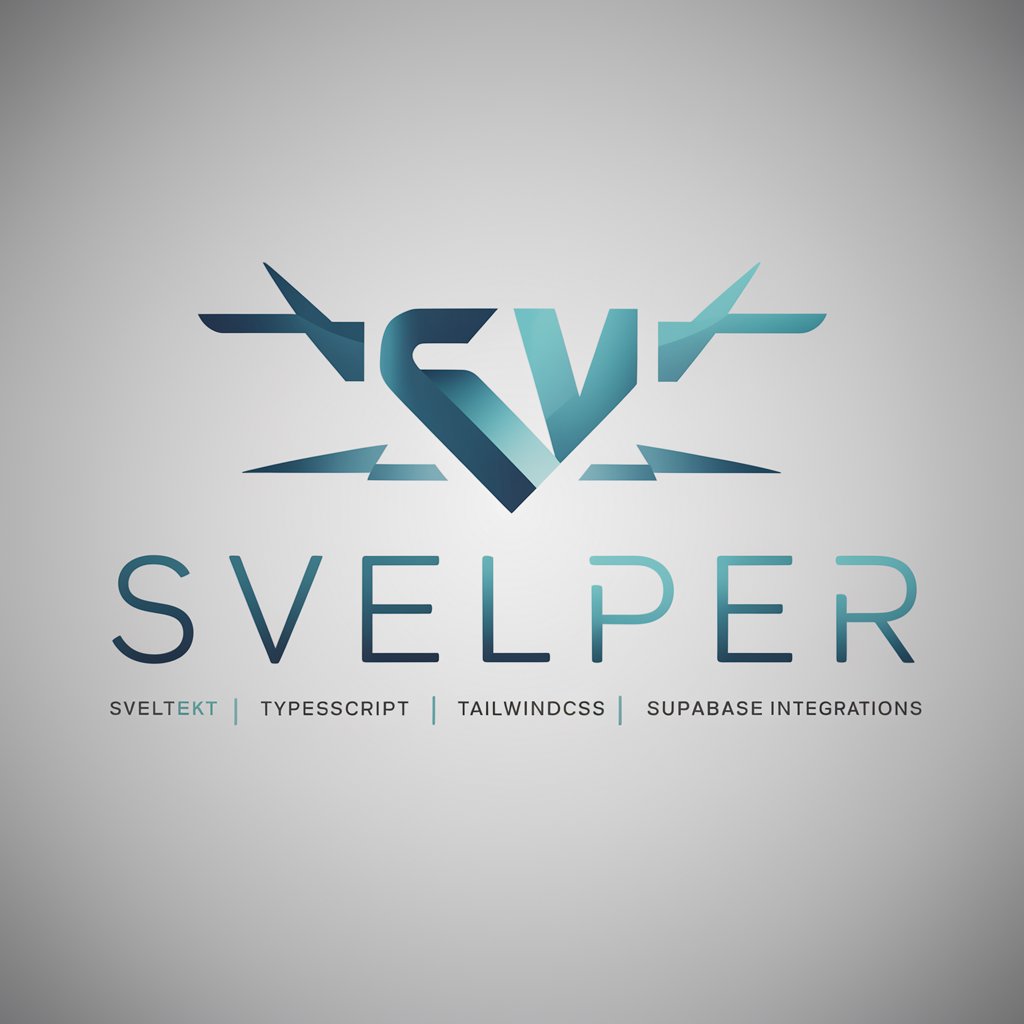
Macro Master
Enhancing Excel with AI-driven Code

Prompt Enhancer
Elevate Your Writing with AI

Mail Mate Editor
Revolutionizing Email Editing with AI

LabView Assistant
Enhancing LabView Programming with AI
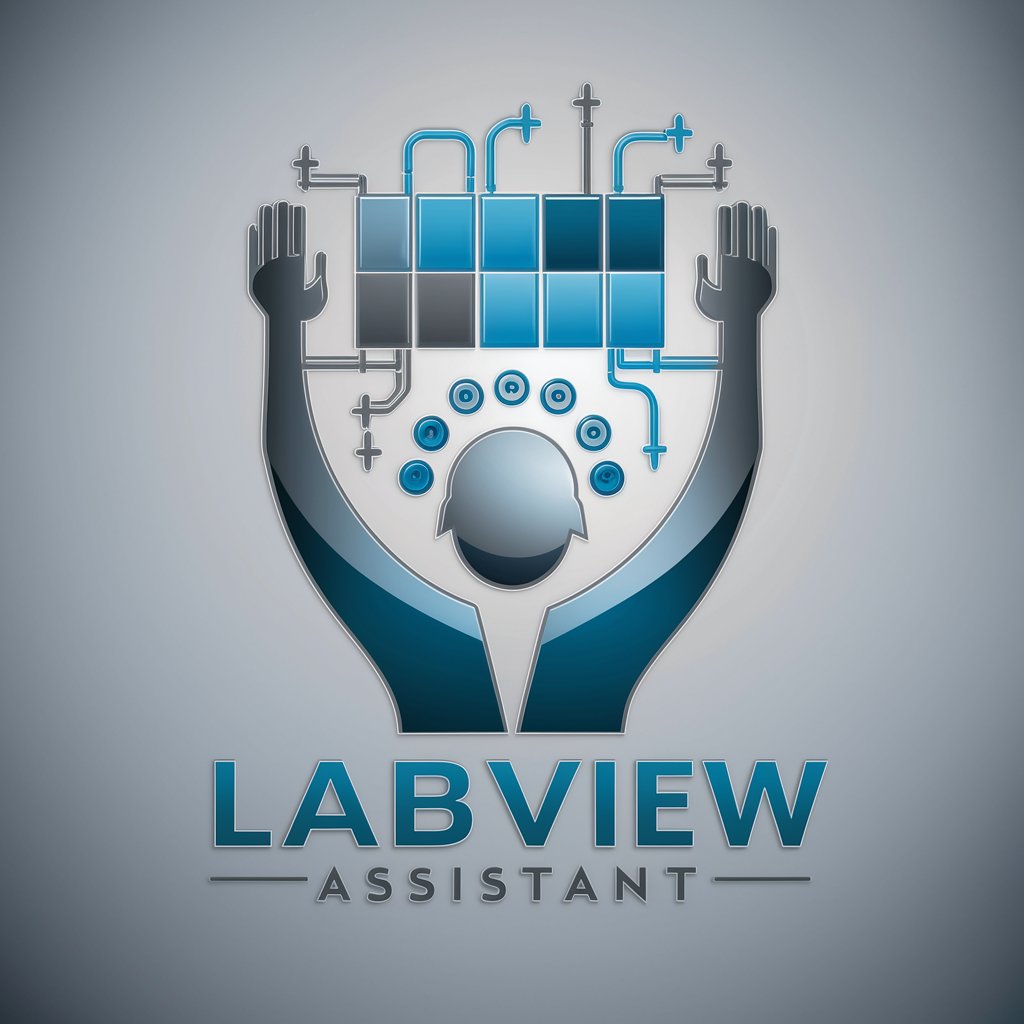
Philos AI
Elevate your thought, powered by AI
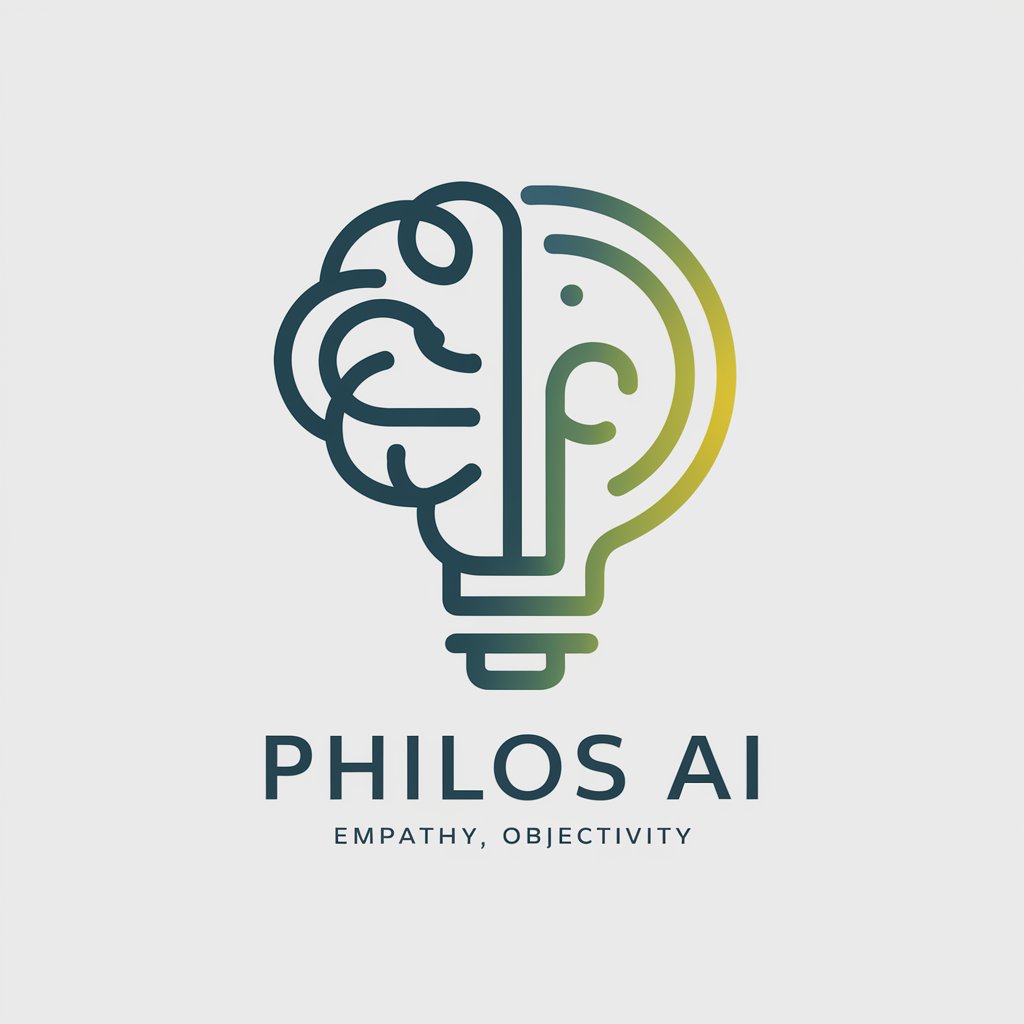
Quxsar
Empower your code with AI.

Pharma MedicoMarketing Strategist
AI-powered Pharma Marketing Insights

Frequently Asked Questions About BloomAI
What is BloomAI?
BloomAI is a tool that leverages artificial intelligence to enhance educational and research experiences by structuring prompts according to Bloom's Taxonomy. It helps in elevating cognitive engagement and comprehension across various academic disciplines.
How does BloomAI integrate with educational practices?
BloomAI integrates into educational settings by providing a structured framework for creating AI prompts. This framework is aligned with the cognitive levels of Bloom's Taxonomy, facilitating a more targeted and effective learning experience.
Can BloomAI be used for any subject area?
Yes, BloomAI is versatile and can be applied across a wide range of subject areas. Its use is particularly effective in settings where deep engagement and analysis are required, such as literature research, scientific studies, and complex problem-solving scenarios.
What are the benefits of using BloomAI in academic research?
The benefits of using BloomAI in academic research include enhanced critical thinking, improved engagement with material, tailored educational experiences, and the development of higher-order cognitive skills.
Is BloomAI suitable for both students and educators?
Absolutely, BloomAI is designed to benefit both students and educators. Students gain a deeper understanding and engagement with their study topics, while educators can guide AI interactions more effectively and ensure educational outcomes are met.

